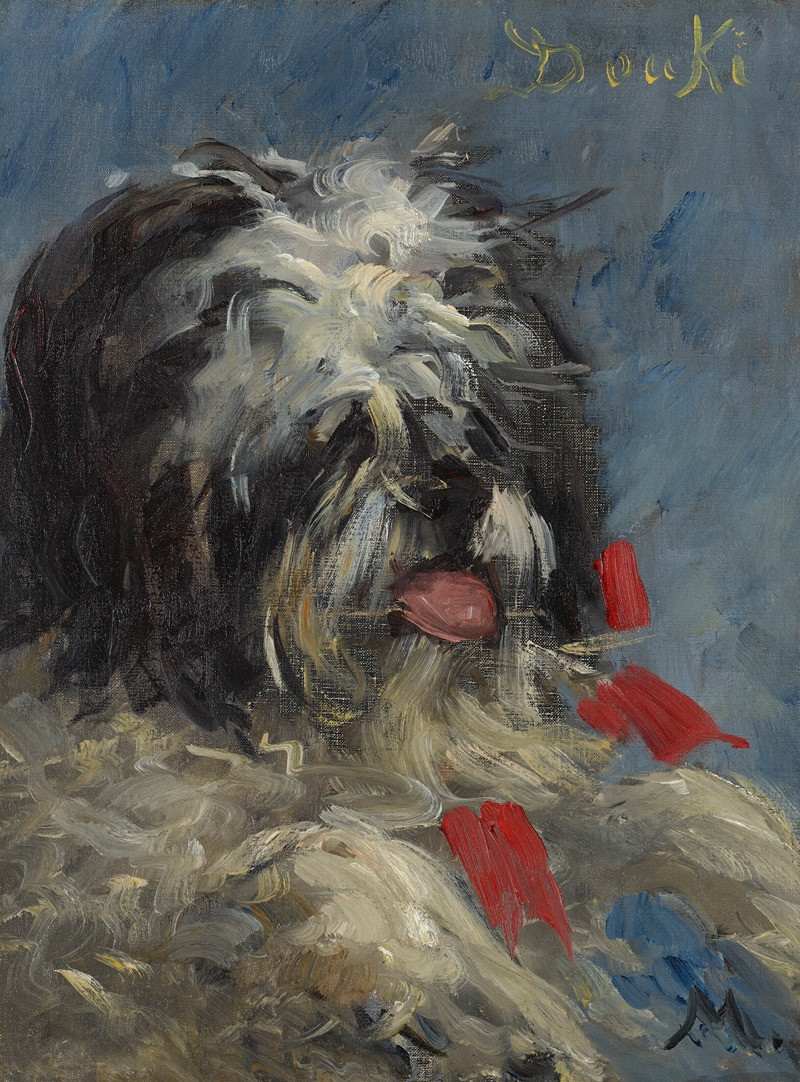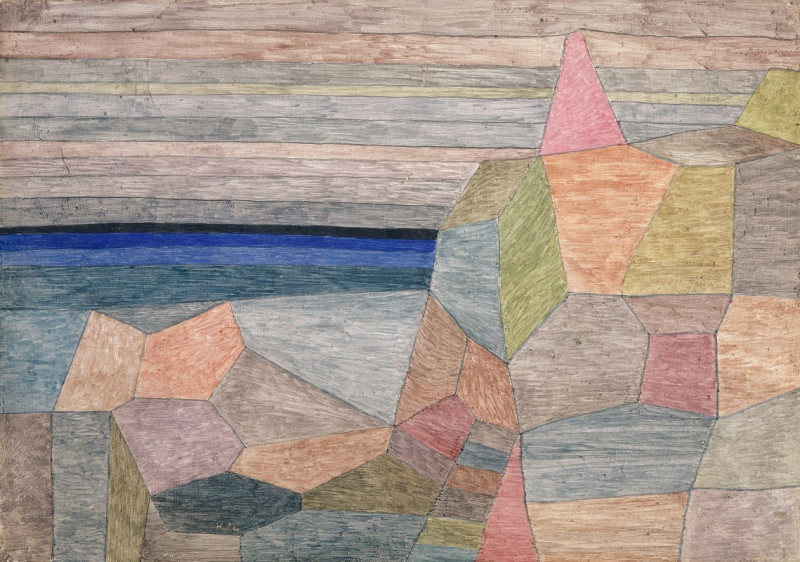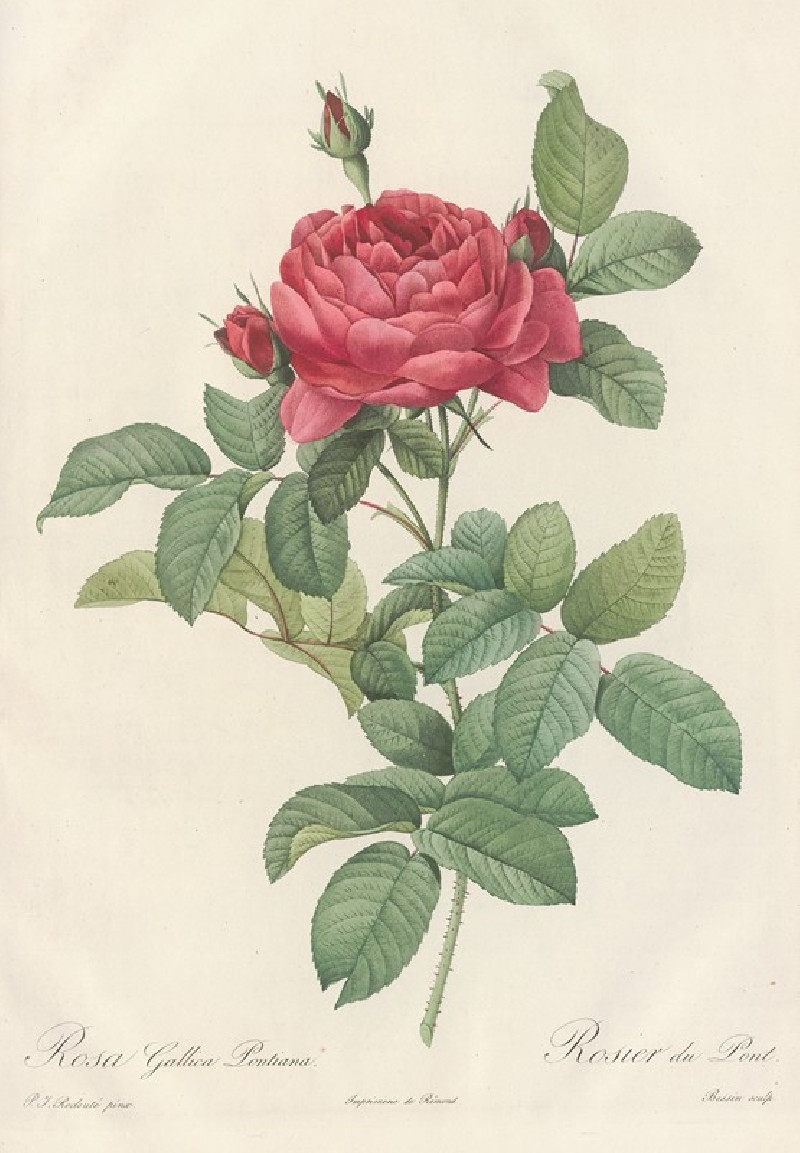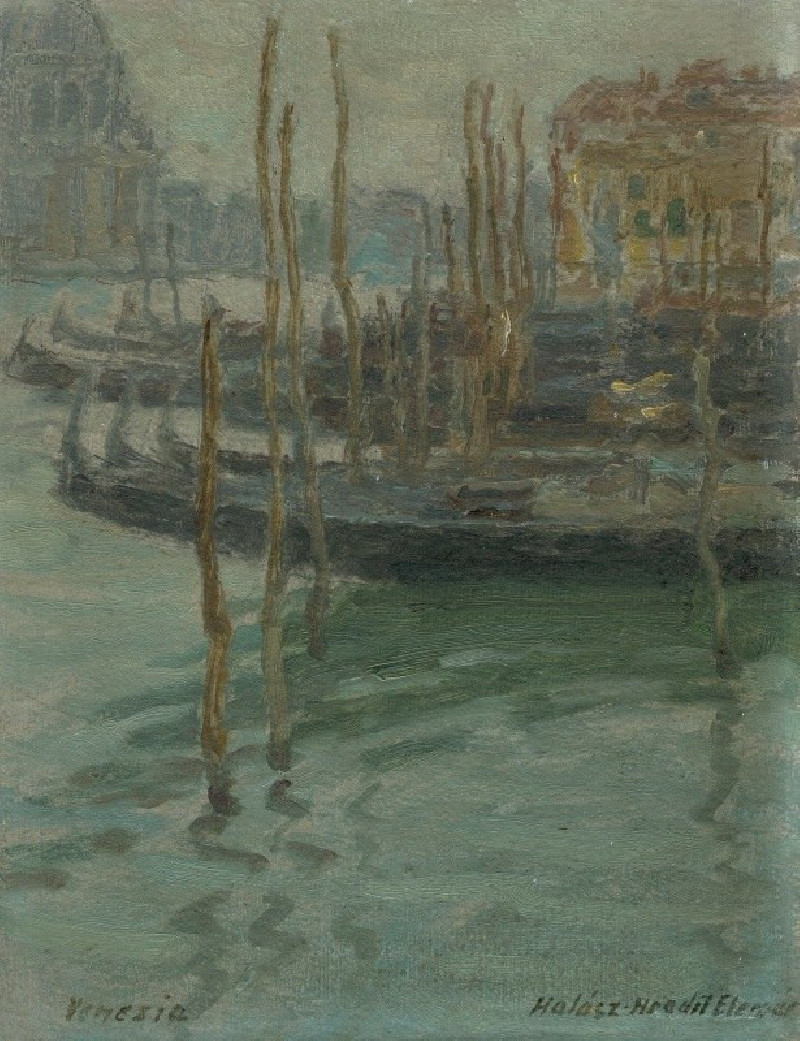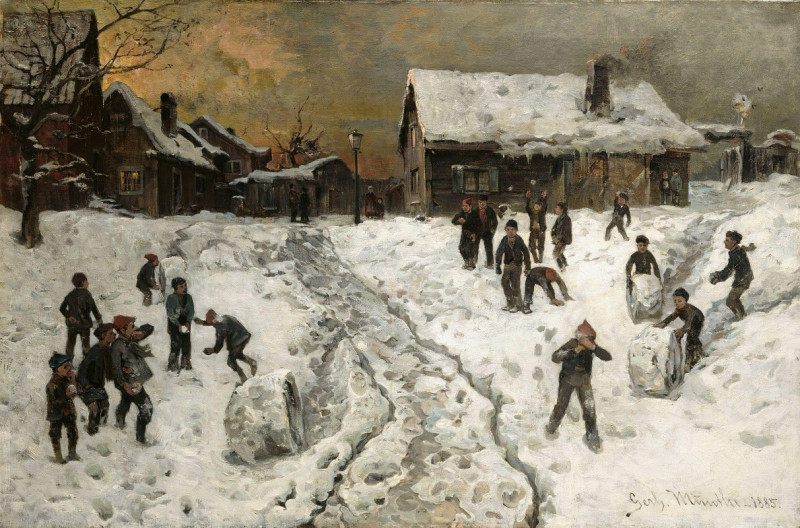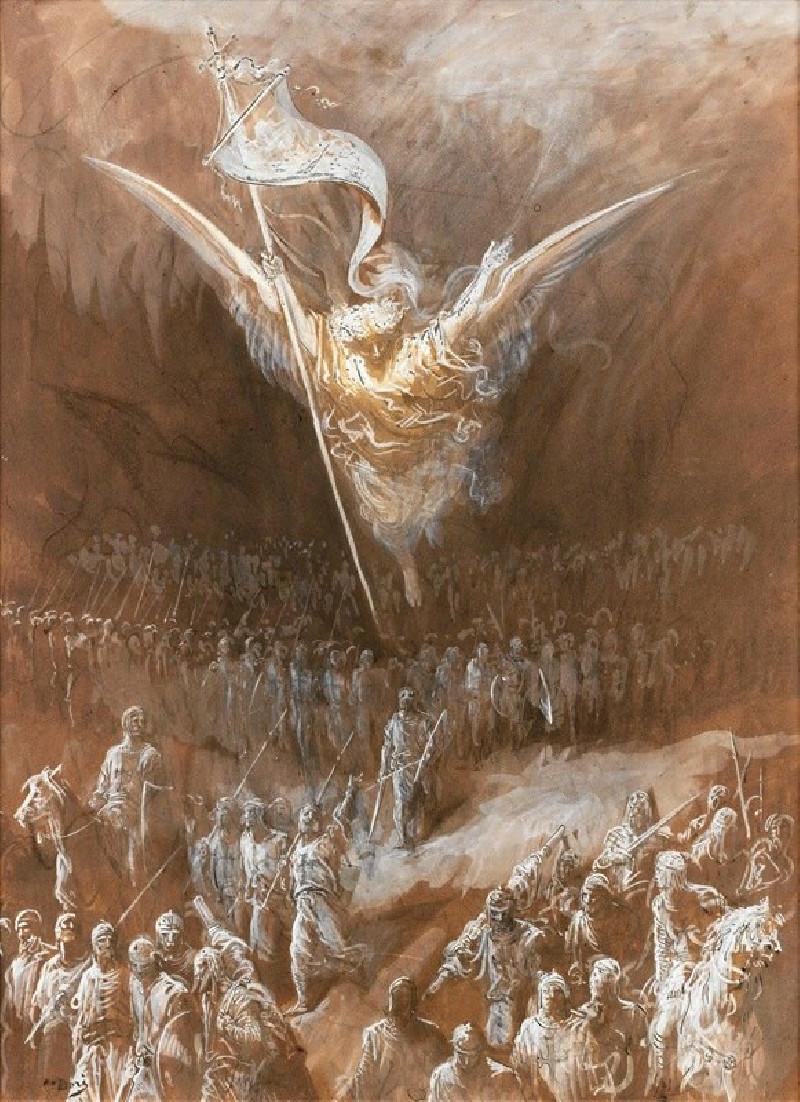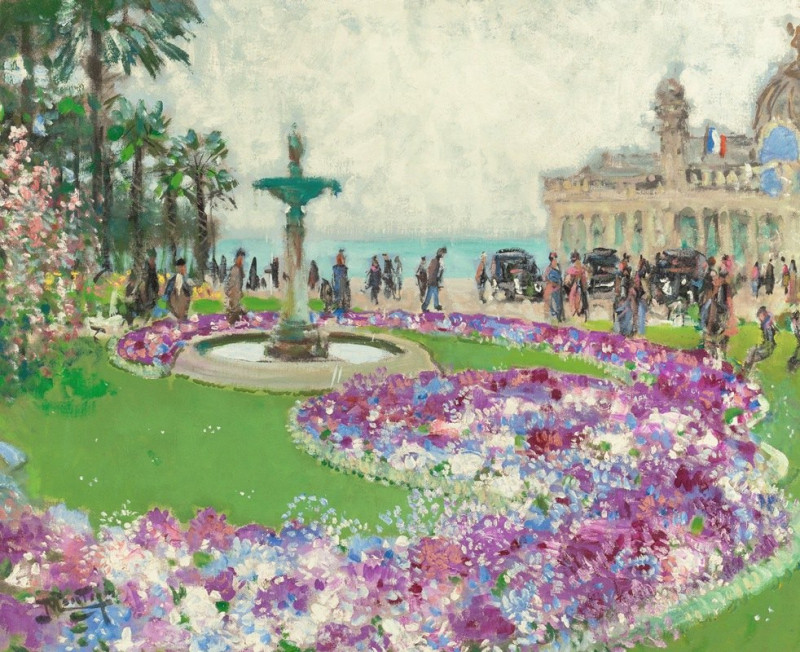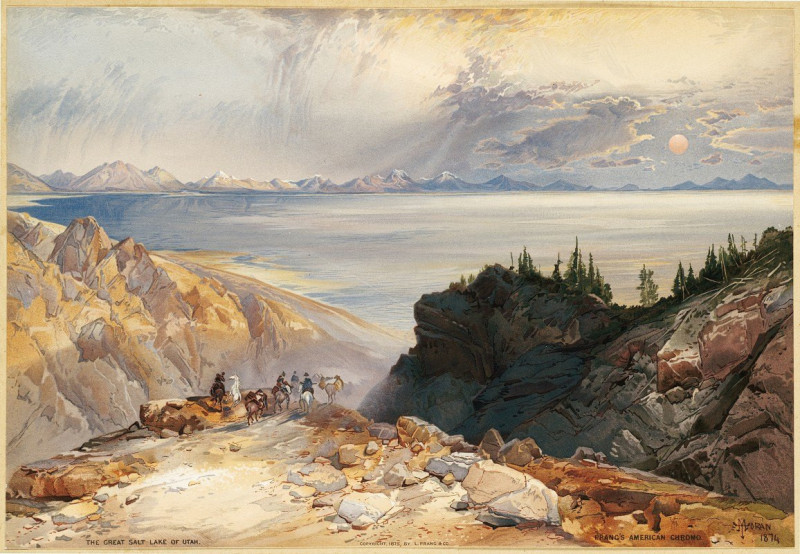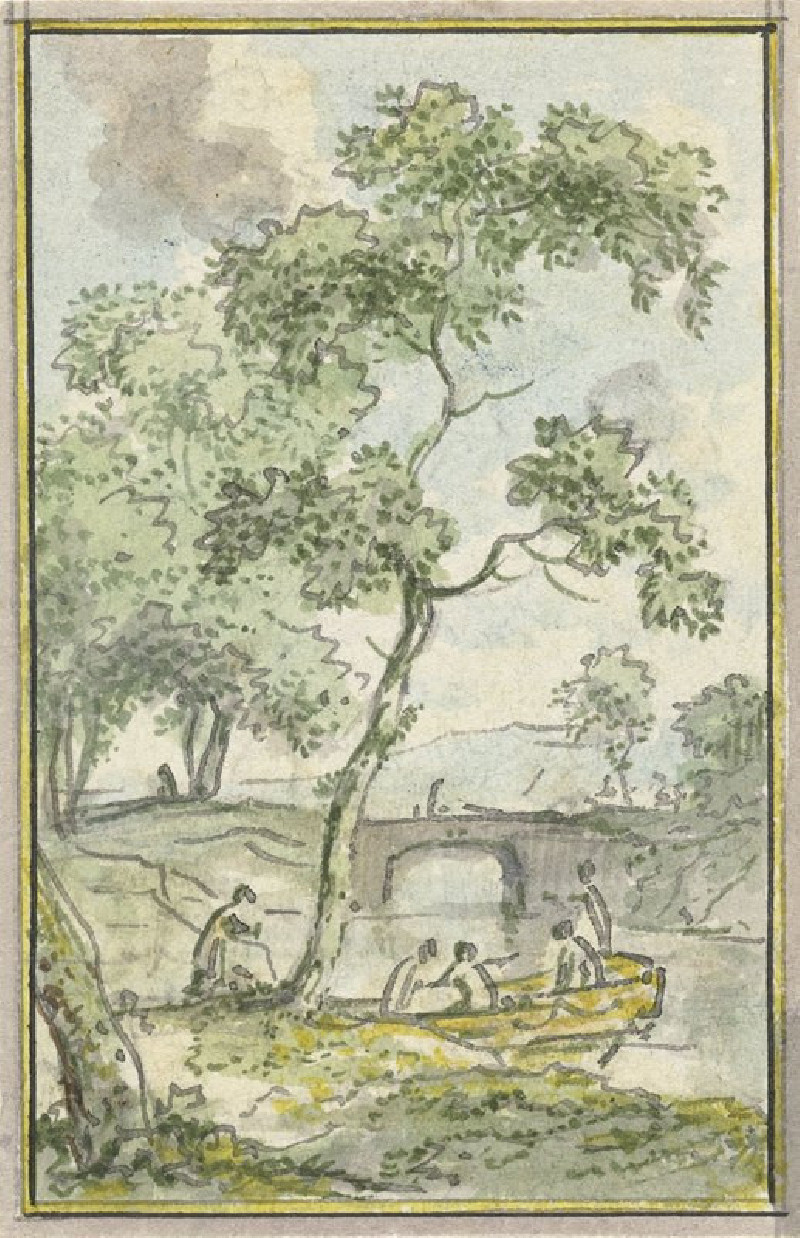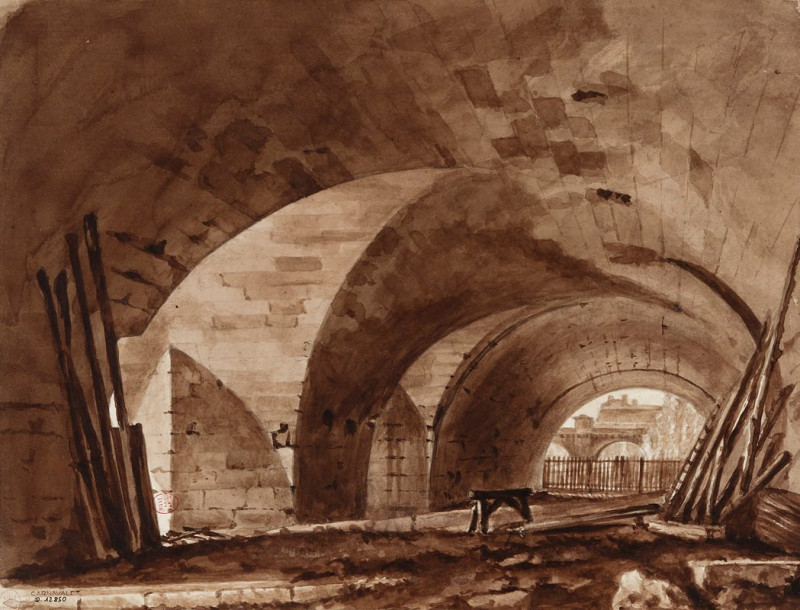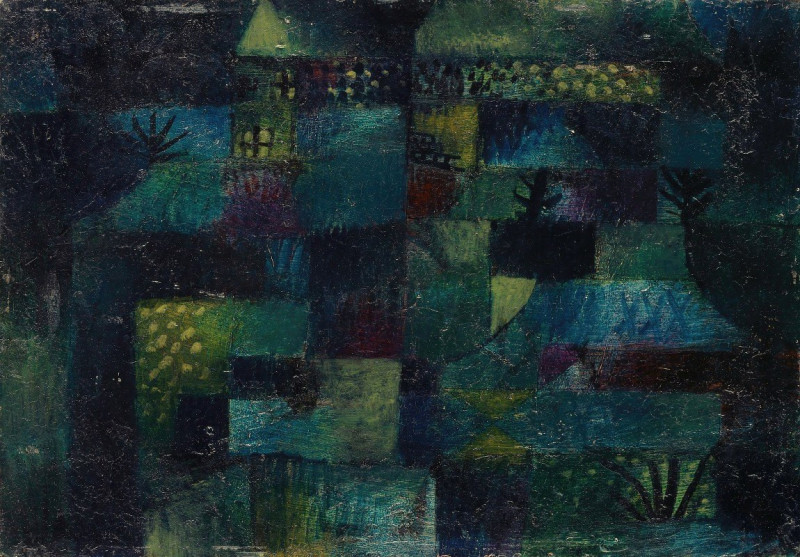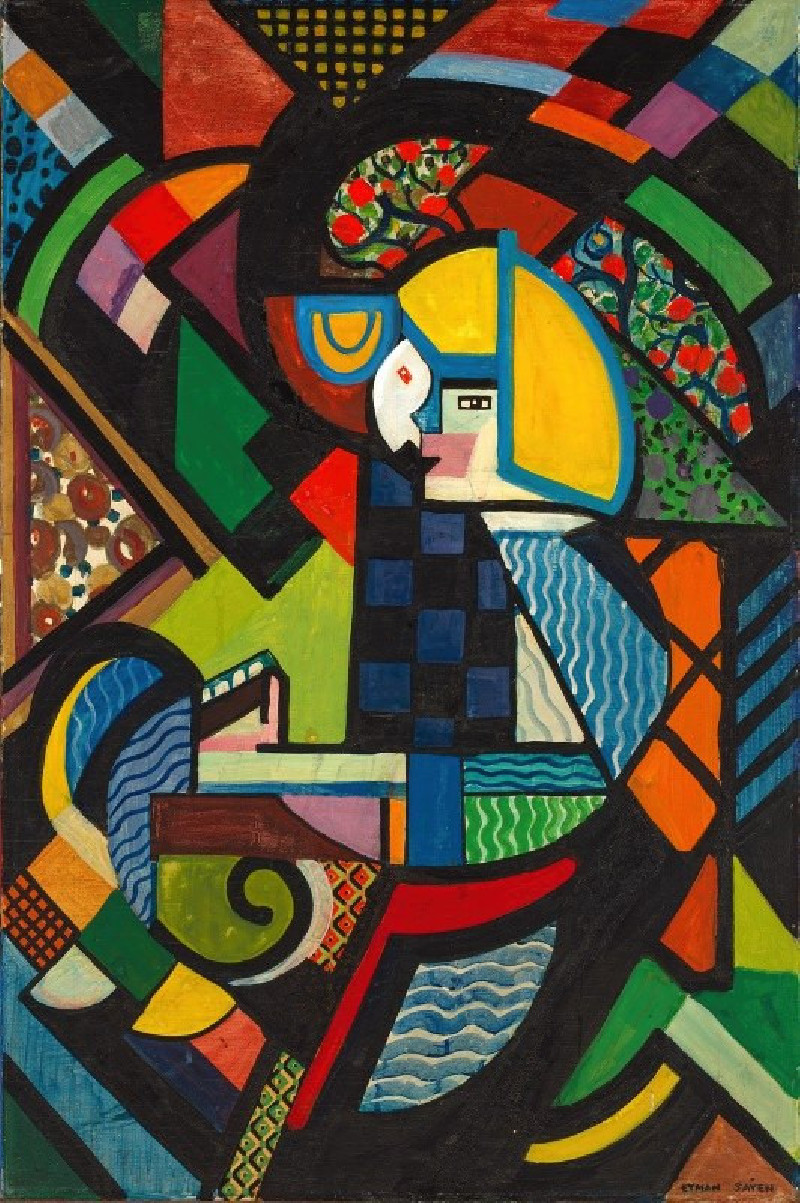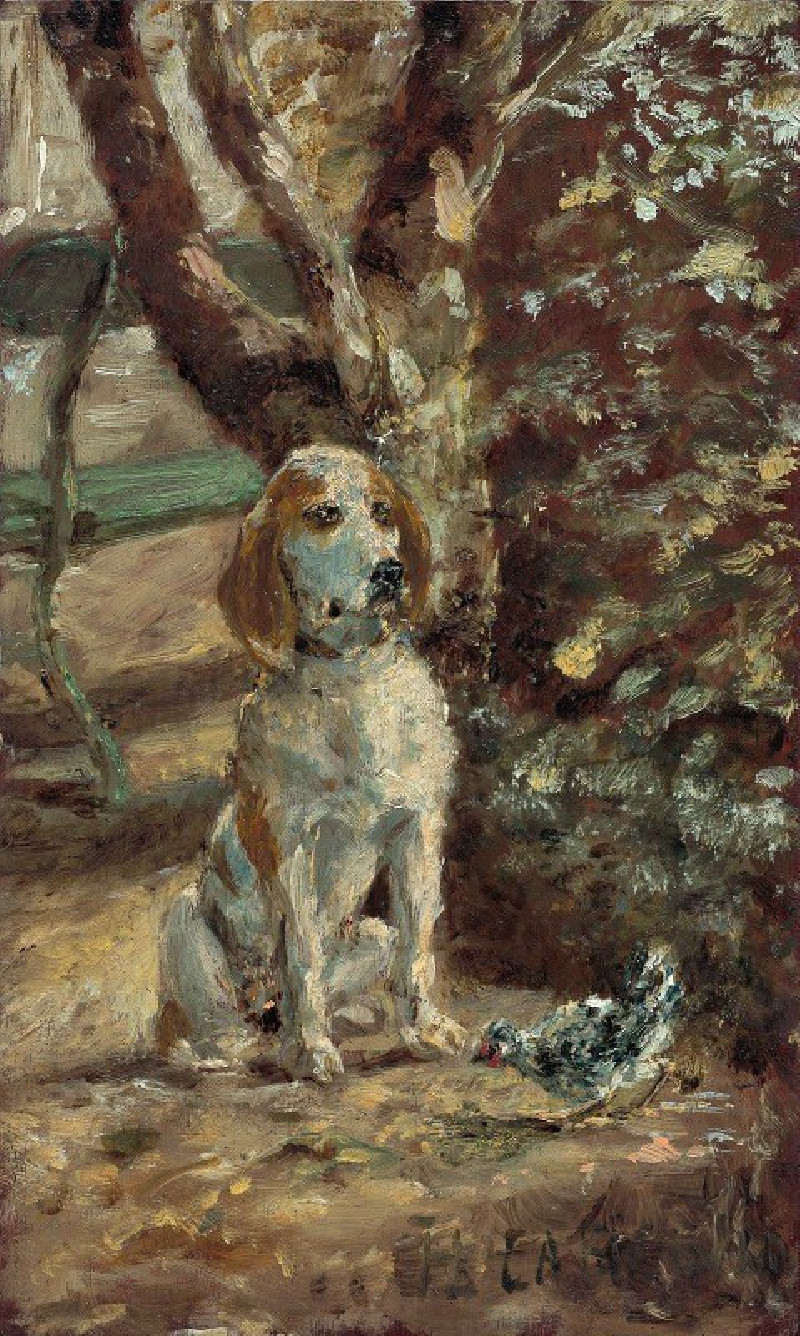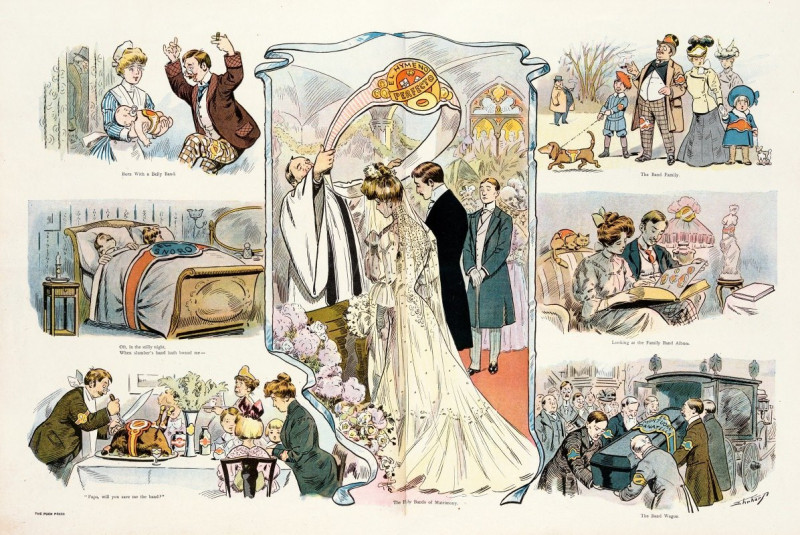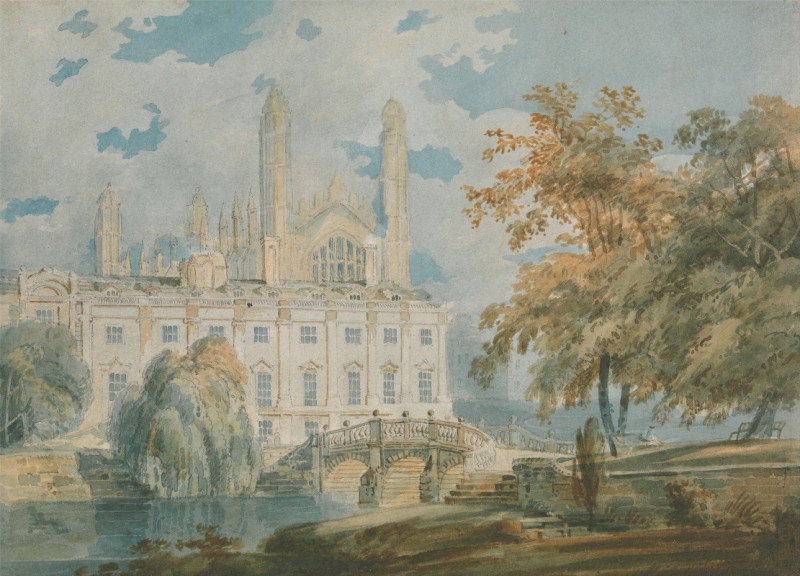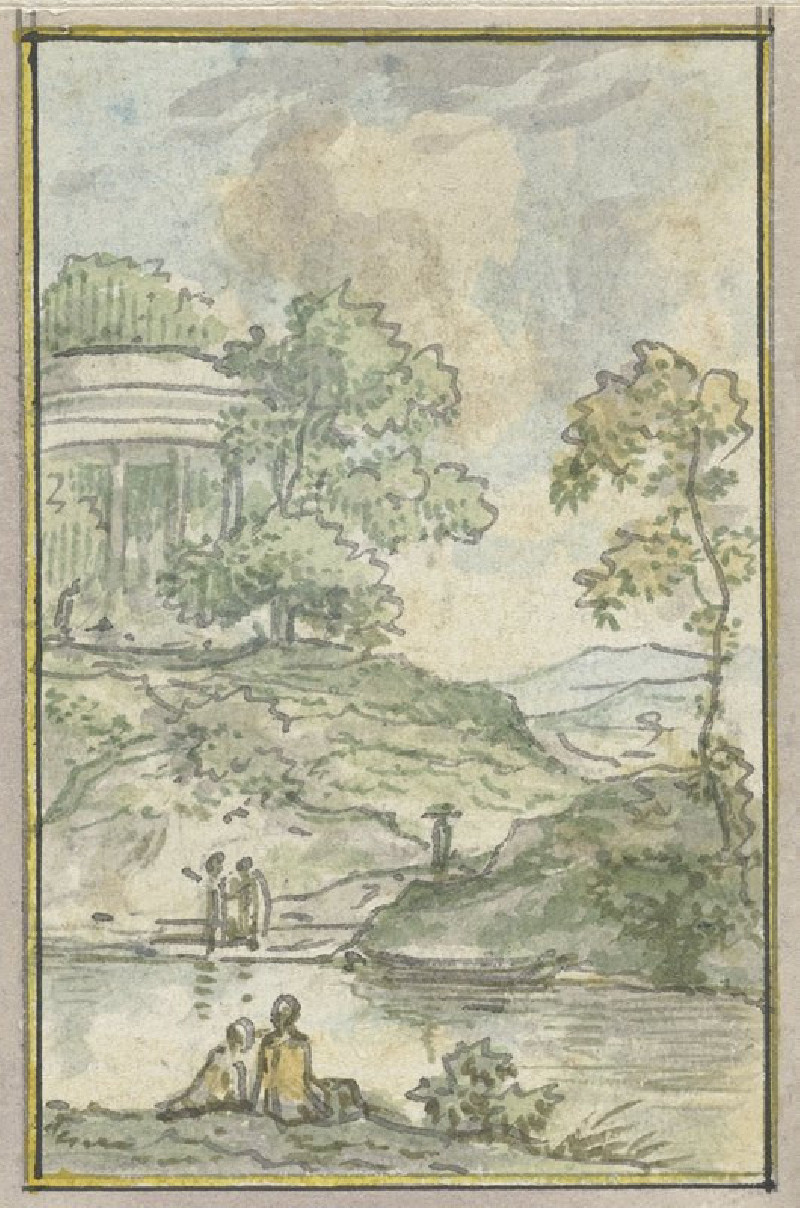Le chien ‘Donki’ (1876)
Technique: Giclée quality print
Recommended by our customers
More about this artwork
Dive into the expressive brushwork of Édouard Manet with the charming portrait "Le chien ‘Donki’". Painted in 1876, this artwork showcases Manet's distinctive style, combining vigor and spontaneity in a seemingly abstract depiction that upon closer inspection, elegantly reveals the image of a lively dog.The character of Donki, the dog, is masterfully brought to life through quick, textured strokes of white and black. Manet’s bold use of contrast imbues the painting with a dynamic sense of movement, mirroring the spirited personality of its canine subject. Pops of red add vibrancy, drawing the viewer's eye and enhancing the overall playfulness of the composition.Interestingly, the name "Donki" is whimsically inscribed in yellow at the top of the canvas, adding a personal touch that suggests a fond familiarity between the artist and the animal. Manet's signature, discernible at the bottom, confirms the authenticity and personal engagement of the artist in creating this intimate yet lively portrait.This painting not only captivates Manet’s admirers but also dog lovers and art enthusiasts appreciative of works that convey emotion through powerful, unrefined brushstrokes. "Le chien ‘Donki’" remains a testament to Manet’s skill in capturing life with both emotion and simplicity.
Delivery
Returns
Édouard Manet (1832–1883) was a French modernist painter and one of the first 19th century artists to paint modern life. His impressionist style is characterized by relatively small and thin brushstrokes that create emphasis on light depiction. Manet was one of the key artists in the transition from realism to impressionism, along with Claude Monet, Edgar Degas, and Pierre-Auguste Renoir. However, he resisted involvement in any one specific style of painting, and only presented his work to the Salon of Paris instead of impressionist exhibitions. His early masterworks, The Luncheon on the Grass and Olympia, created great controversy and served as a rallying point for other young painters.

